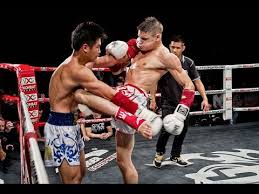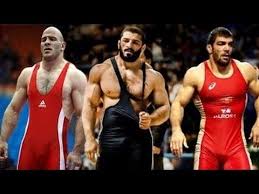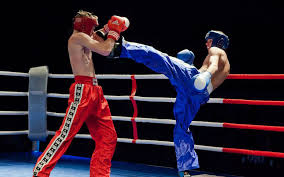MARTIAL ARTS OF KOREA
 Taekwondo
Taekwondo
martial art created after World War II on the basis of Japanese karate and traditional Korean martial arts. In 1994, Taekwondo became an Olympic sport and in 2000 it was included in the program of the Olympic Games. The main difference between taekwondo and karate is the predominance of kicks; in sports taekwondo, about 70% of the blows are done with the feet and only 30% with the hands. Today, this ratio is maintained artificially, as the rules of the competition provoke athletes to inflict a large number of kicks, which are rated higher than punches. In some areas of modern taekwondo, blows to the head in competitions are prohibited.
HAPCIDO
(“Hapki” is a Korean reading of the character “aiki”), a system created as a Korean counterpart to Japanese aikido in the 1950s based on the same jiu-jitsu school as aikido.
RELIGIOUS-PHILOSOPHICAL BASIS OF MARTIAL ARTS
Great influence on the formation of the martial arts of East Asia was made by the Buddhism of the Ch’an direction (Japanese Zen) and Taoism. At the same time, martial arts, along with calligraphy and a tea ceremony, were among the various methods of preparing for the transition to a meditative state.
Thus, martial arts were considered in East Asia not only as systems of hand-to-hand combat, but also as an opportunity to strengthen the body and mind. In China, in many Buddhist monasteries, various martial arts have developed, on the one hand, for the defense of monasteries, and on the other, as dynamic meditation and a means of achieving concentration of consciousness. In Japan, as a result of centuries of armed struggle for power, a feudal estate of the samurai was formed, strictly observing the special moral code of the warrior – bushido. The local religions and teachings – Shintoism, Confucianism and Zen Buddhism – had a huge impact on the formation of the principles of this code. In the first place in the code were courage and faithful service to the supreme ruler; at the same time, the importance of family relationships, friendships, and life itself was downplayed. The possession of martial arts among the samurai was strongly encouraged, since it was believed that such exercises not only contribute to the improvement of the warrior’s skills, but also train the spirit, help to control oneself and concentrate.



